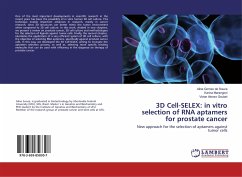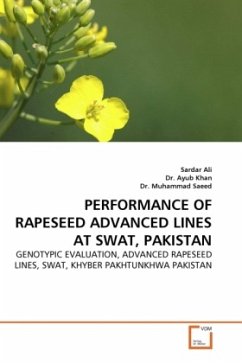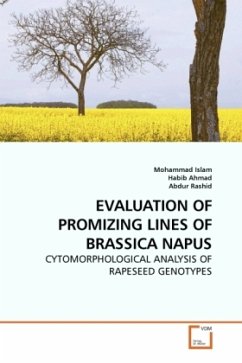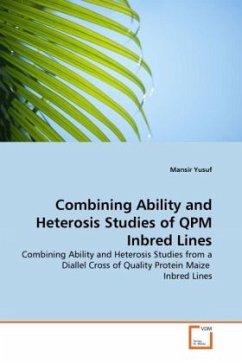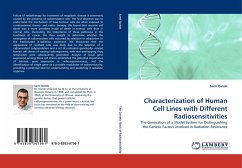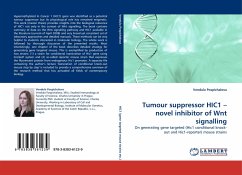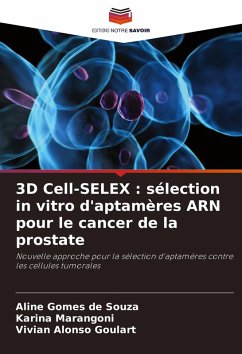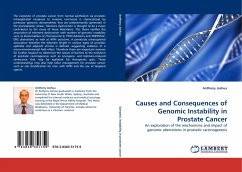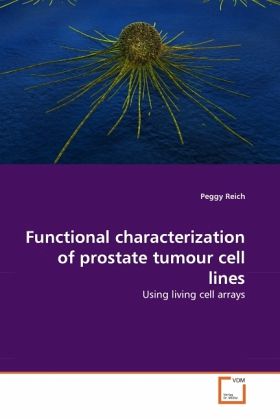
Functional characterization of prostate tumour cell lines
Using living cell arrays
Versandkostenfrei!
Versandfertig in 6-10 Tagen
32,99 €
inkl. MwSt.

PAYBACK Punkte
16 °P sammeln!
In this work a siRNA screen of around 1500 genes was performed using four different cell lines (VCaP, LAPC-4, RWPE-1, MDA-PCa 2b). Therefore a new method called living cell array was used in order to obtain information about the process of androgenesis in prostate tumour cell lines. This method is based on the principal of the reverse transfection [Sabatini, 2001], where the cells are added to the plate after the transfection reagent has been spotted. The cells on the living cell array were set under stress by the addition of androgen ablated media while the proliferation and apoptosis was mea...
In this work a siRNA screen of around 1500 genes was performed using four different cell lines (VCaP, LAPC-4, RWPE-1, MDA-PCa 2b). Therefore a new method called living cell array was used in order to obtain information about the process of androgenesis in prostate tumour cell lines. This method is based on the principal of the reverse transfection [Sabatini, 2001], where the cells are added to the plate after the transfection reagent has been spotted. The cells on the living cell array were set under stress by the addition of androgen ablated media while the proliferation and apoptosis was measured. Knocked-out genes that caused a significant increase or decrease of the proliferation/apoptosis ratio were collected. It is expected that some of these genes influence the pathway of the androgen receptor and therefore might be relevant for the development of new inhibitors.



